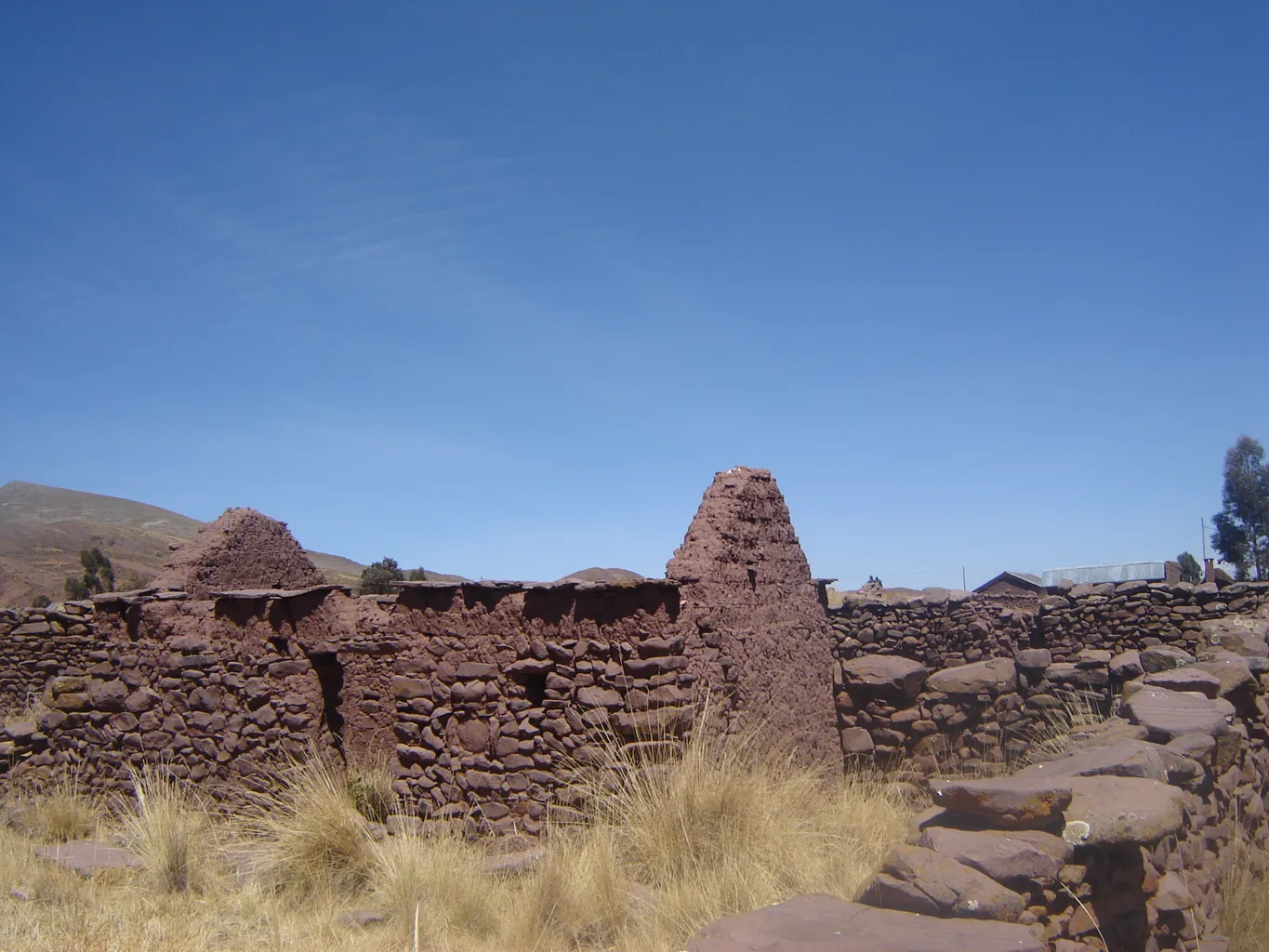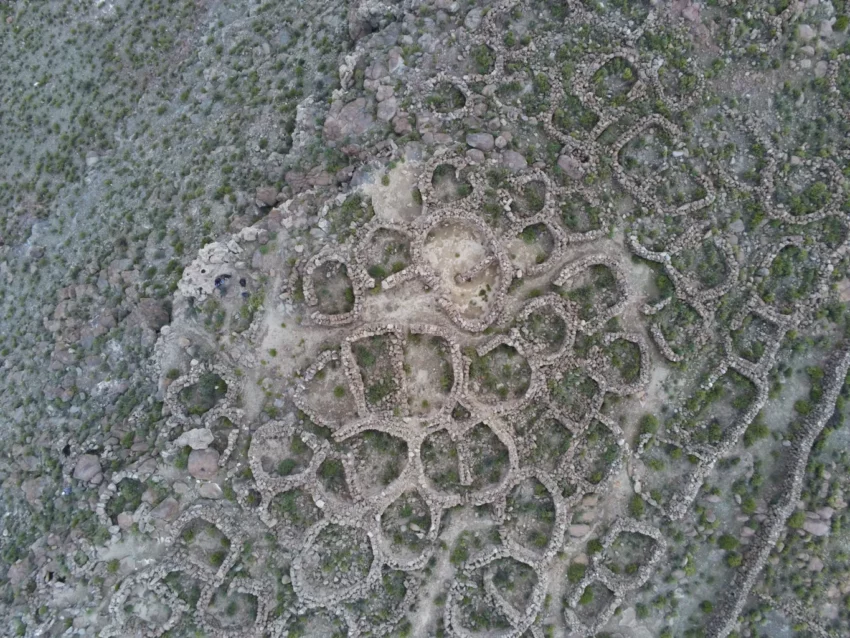Introduction to Laqaya
Laqaya, meaning “place of ruins” in Aymara and Quechua, stands as a significant archaeological site in Bolivia. It is located on the edge of the Salar de Uyuni in the Altiplano region. Specifically, it falls within the jurisdiction of Colcha K municipality, Nor Lípez province, Potosí department. On July 2, 2004, Supreme Decree No. 27607 officially recognized Laqaya as a national archaeological monument. This site is renowned as the largest exponent of pre-Hispanic heritage in Bolivia, covering an estimated area of 7 hectares.
Get your dose of History via Email
Historical Significance
Historically, Laqaya is believed to have been the capital of the Lipes indigenous people during the Chullpas era, which dates from the end of the Tiwanaku period around 900-1100 AD. The site’s strategic location between the towns of Santiago K and Chuvica, along the ancient Inca trail, underscores its historical importance.

Architectural Features
Laqaya encompasses roughly seven hectares and is divided into three main sectors:
1. Alto Laqaya: This upper town served as a defensive pucara, featuring nearly 100 enclosures and two perimeter walls. It is protected by a steep slope and a rocky cliff, marking it as a fortress from the Period of Regional Developments before the Tawantinsuyu expansion.
2. Towers: This sector contains over 300 chullpa-type stone towers, showcasing the architectural prowess of its builders.
3. Bajo Laqaya: The lower town includes about 200 simple enclosures. The main square, an open area of 280 square meters, is a focal point here, surrounded by distinctive chullpa towers and enclosures with double stone walls.
Archaeological Insights
The occupation sequence at Bajo Laqaya provides a window into the site’s extensive use over centuries. Initial occupation traces back to the early Regional Development Period (1000-1250 AD), with evidence found beneath the plaza’s floor. The construction and utilization of the plaza and its surrounding structures occurred during the late Regional Development Period (1250-1450 AD). This phase ended with the sector’s burning and abandonment. Subsequent layers indicate continued use during the Inca and Spanish-Indigenous periods, marked by the accumulation of refuse in the excavated structures.
The Laqaya Project
In 1996, the Laqaya Project was initiated as part of the Altiplano Sur Archaeological Project (PAAS). This collaborative effort involved experienced archaeologists and the local communities of Santiago K and Chuvica. Dr. Axel Nielsen, the project director, aimed to help these communities leverage their archaeological heritage for tourism. This initiative seeks to foster local participation in managing and benefiting economically from tourism while mitigating potential adverse effects on the local environment, society, and culture.
In conclusion, Laqaya not only offers a glimpse into the architectural and cultural complexities of Bolivia’s pre-Hispanic past but also serves as a model for community-engaged archaeological practice.

